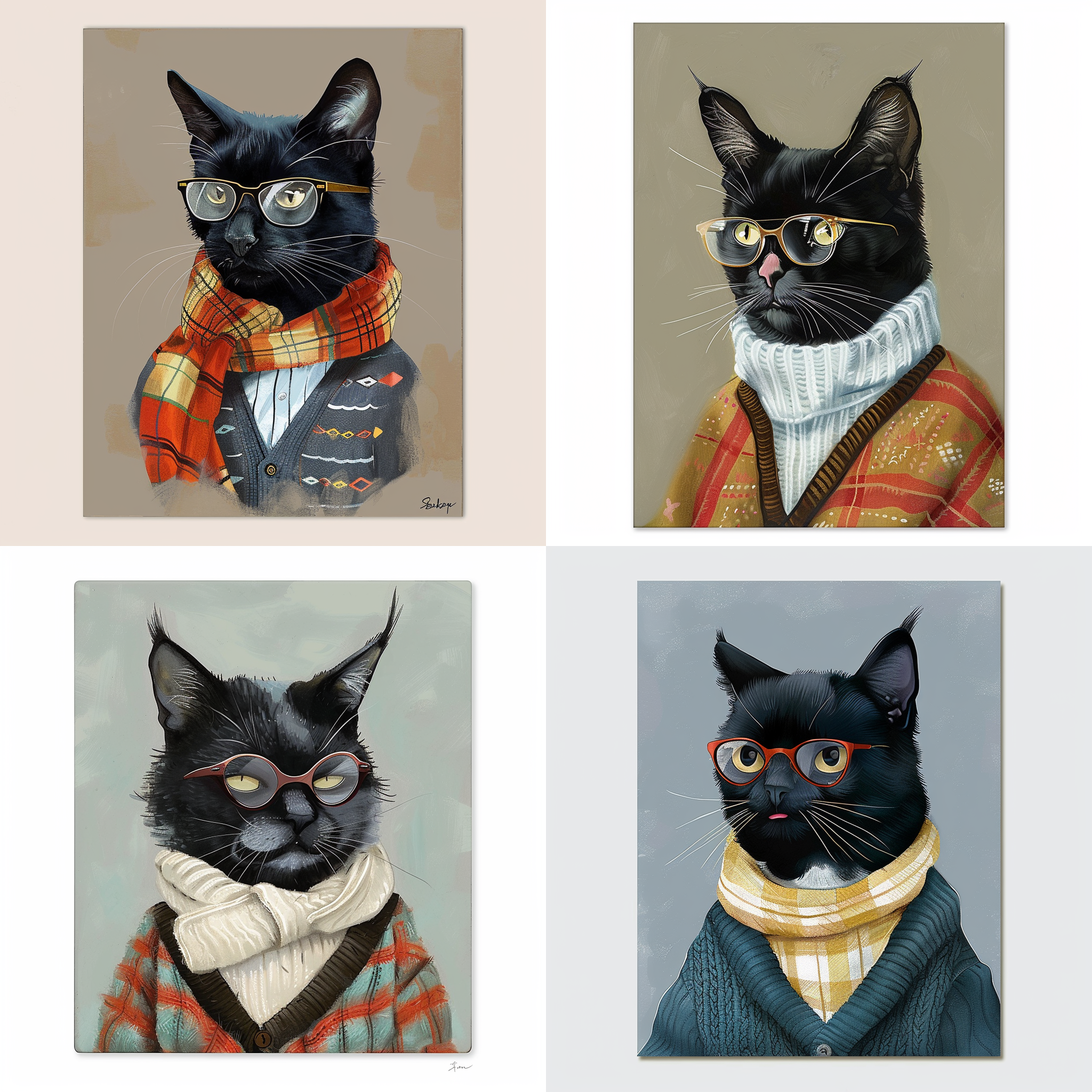Navigating Artistic Imitation with AI and Ethical Considerations
Hey there, fellow AI enthusiasts! Today, I'm excited to take you on a journey through my recent adventures with Midjourney, a powerful generative AI tool that promises to unlock a world of artistic possibilities. Buckle up as I share my experiences, from the highs of creative exploration to the ethical dilemmas lurking beneath the surface.
It all began with a simple question: Could Midjourney help me replicate the iconic style of one of my favorite artists? Armed with curiosity and a touch of trepidation, I embarked on a mission to put this AI marvel to the test.
As I delved into the process, I found myself marveling at Midjourney's capabilities. With just a few clicks, I could explore various artistic styles, from the bold brushstrokes of Van Gogh to the delicate watercolors of John James Audubon. The possibilities seemed endless, and my excitement grew with each new experiment. The results were especially good if the subjects were similar to the figures that the artist was known to paint.
However, as I began to replicate the style of a specific artist whose work I admired, I couldn't help but feel a twinge of unease. In this case, the artist was Ryan Berkley. Sure, Midjourney made it remarkably easy to emulate their signature techniques, but was it ethical to do so without their explicit permission?
The more I pondered this question, the more complex it became. On one hand, replicating an artist's style could be seen as a form of homage, a way to pay tribute to their talent and influence. On the other hand, it raised thorny ethical and legal concerns.
For starters, is it fair to the original artist to have their style mimicked without recognition or compensation? What about the potential impact on their livelihood and reputation? And let's not forget about copyright – if the artist's work is still under copyright, does that change the equation?
These are weighty questions with no easy answers. While some argue that imitation is the sincerest form of flattery, others see it as a violation of artistic integrity and intellectual property rights. As for copyright, the waters are murky at best – while some aspects of an artist's style may be protected, others may fall into the realm of fair use or public domain.
In the end, my journey with Midjourney left me with more questions than answers. While the tool's capabilities are undeniably impressive, they also underscore the need for a comprehensive update to our current copyright laws. We need legislation that not only protects artists and their intellectual property but also fosters a culture of creativity and innovation.
So, where do we go from here? As creators and consumers of art, we have a responsibility to engage in thoughtful dialogue and advocacy around these issues. Let's work together to find solutions that honor the contributions of artists past and present while paving the way for a more vibrant and equitable creative future.
In the meantime, I'll continue to explore the boundless possibilities of generative AI like Midjourney – with a newfound appreciation for the ethical considerations that come with it. After all, art is not just about creation; it's about understanding, respect, and yes, even a little bit of controversy.
Until next time, keep creating, keep exploring, and never stop asking the tough questions. Who knows? We might just find the answers together.







